An healthcare-associated infection occurs at the beginning or at the end of a patient’s care (diagnostic, therapeutic, palliative, preventive, educational, operative) by a health professional, whether in a health care institution, a medico-social institution or at home.
These infections may be directly related to care (during an invasive procedure, for example) or occur during hospitalization, independently of any medical procedure (due to an epidemic episode, for example). When the patient’s infectious state on admission is unknown, the infection is classically considered nosocomial if it appears after 48 hours of hospitalisation.1




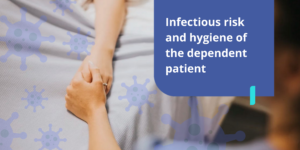
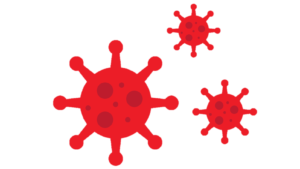
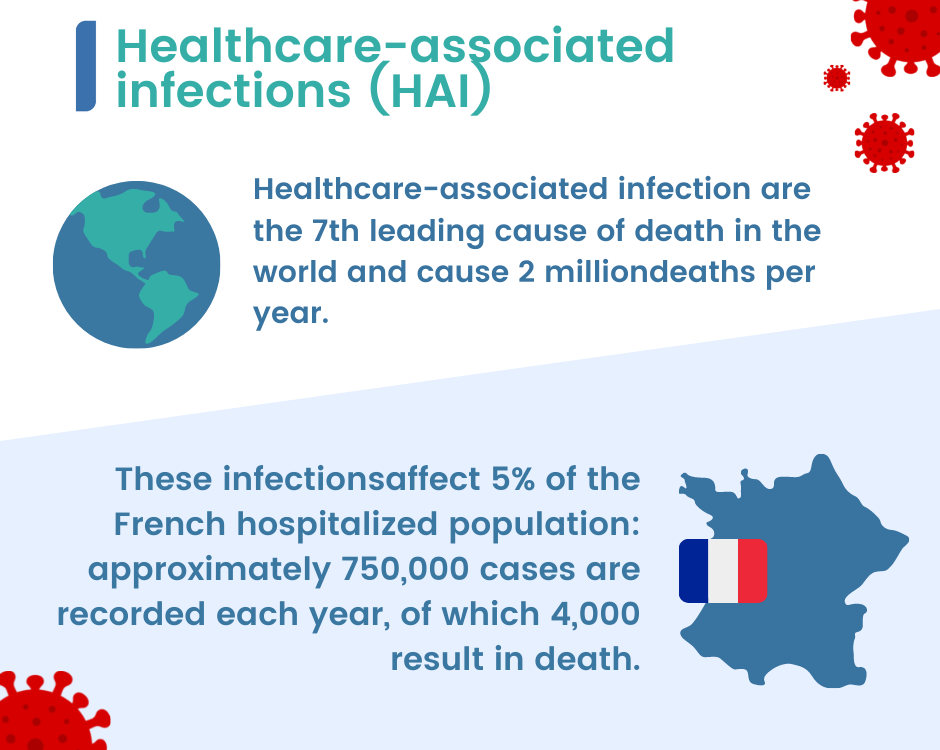

 Excreta management
Excreta management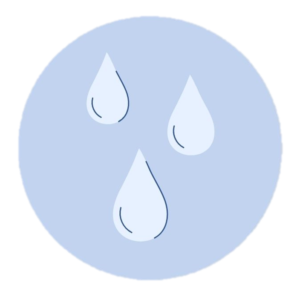 Body hygiene
Body hygiene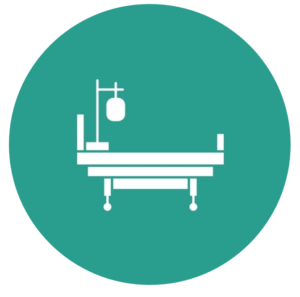 Medical bedding
Medical bedding